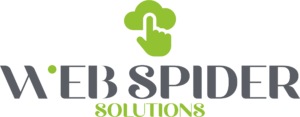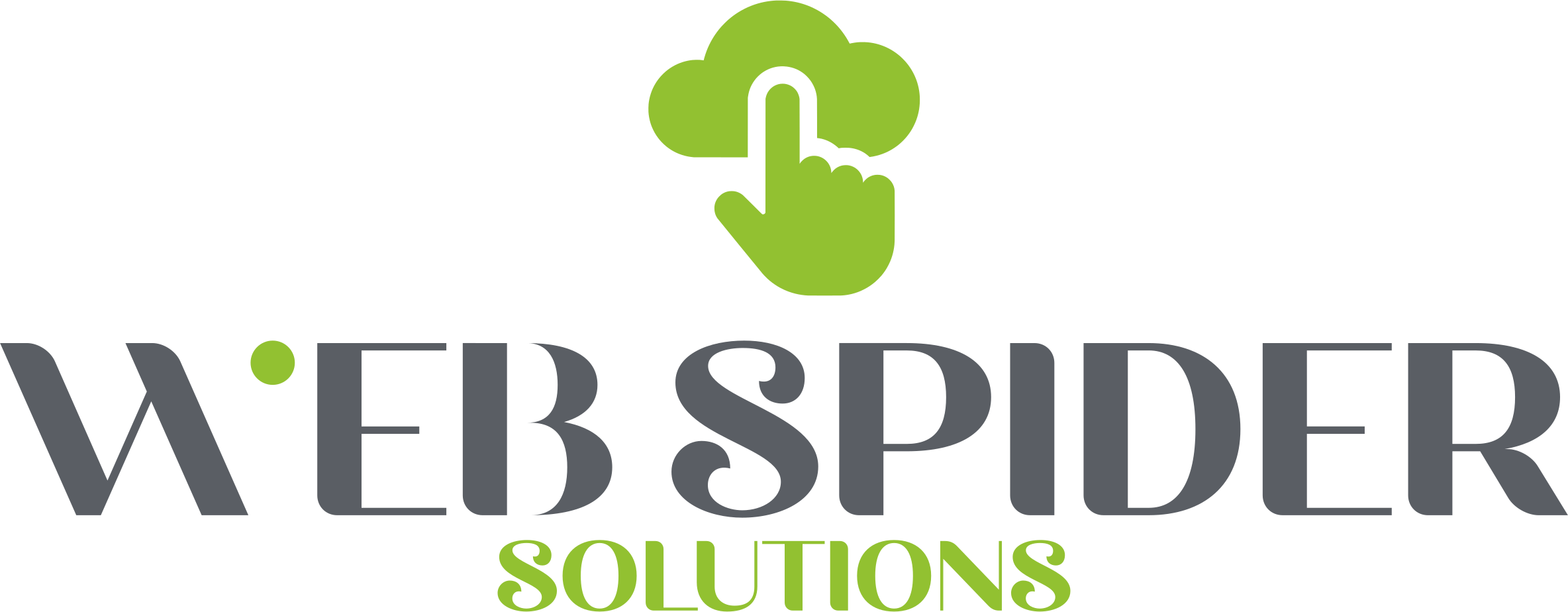It’s crucial for businesses to stay ahead in the digital landscape, and one way to do that is by utilizing top-tier SaaS content management systems. In 2024, the market is flooded with options, but not all are created equal. To help you navigate through the sea of choices, we have compiled a list of the top 7 SaaS content management systems that will propel your business to success. From robust features to seamless integration, these systems offer the functionality and reliability your business needs to thrive in the ever-evolving online world.
Table of Contents
Criteria for Selecting a SaaS CMS
Customizability and Flexibility
It is necessary to consider the customizability and flexibility of a SaaS CMS when selecting the right one for your business. A good SaaS CMS should offer a wide range of customization options to tailor the system to your specific needs. This includes the ability to create custom templates, design elements, and integrate third-party applications seamlessly.
Security and Reliability
Security and reliability are paramount when choosing a SaaS CMS for your business. You need to ensure that the platform follows industry best practices for data security, such as encryption, regular security updates, and data backup protocols. Additionally, consider the uptime and reliability of the CMS provider, as any downtime can have a significant impact on your business operations.
When assessing security, look for certifications such as SOC 2 compliance or ISO 27001 certification, which demonstrate a commitment to data security and privacy. It is also important to review the provider’s track record in handling security incidents and their responsiveness to potential threats.
Overview of Top 7 SaaS Content Management Systems
Clearly, selecting the right SaaS content management system for your business is crucial to streamline your content creation and management processes. In 2024, there are several top contenders that stand out for their features, functionality, and user-friendly interfaces.
System One: Features and Benefits
With a user-friendly interface and robust set of features, System One offers businesses the ability to create, edit, and publish content seamlessly. Its intuitive design makes it easy for team members to collaborate effectively and ensure content is delivered on time.
System Two: Features and Benefits
To enhance team collaboration and streamline content workflows, System Two provides advanced features such as customizable workflow automation, version control, and comprehensive analytics. These capabilities allow businesses to track content performance and make data-driven decisions to optimize their content strategies.
Plus, System Two offers responsive customer support and regular updates to ensure that businesses have access to the latest tools and features to stay ahead in the competitive digital landscape.
Comparing SaaS CMS: Must-have Functionalities
| User Experience and Ease of Use | Integration Capabilities and Scalability |
User Experience and Ease of Use
Experience is crucial when selecting a SaaS CMS for your business. A user-friendly interface, intuitive navigation, and customization options can greatly enhance productivity and user adoption. Look for features like drag-and-drop editing, inline editing, and responsive design for a seamless content management experience.
Integration Capabilities and Scalability
With integration capabilities, a SaaS CMS can seamlessly connect with other tools and systems your business uses, such as CRM software, email marketing platforms, or e-commerce solutions. Scalability is also vital for future growth, ensuring that the CMS can handle increasing content volumes and traffic without compromising performance.
Comparing SaaS CMS options based on these functionalities will help you make an informed decision that aligns with your business needs and goals.
Adopting a SaaS CMS: Best Practices and Tips
Migration Strategies for Your Content
The process of transitioning your content to a new SaaS CMS requires careful planning to ensure a smooth migration. Start by auditing your existing content to identify what needs to be transferred, archived, or updated. Create a detailed migration plan that includes timelines, responsibilities, and testing phases. Consider working with a knowledgeable vendor or consultant to guide you through this process and minimize any potential disruptions.
Training and Support for Your Team
For a successful adoption of a SaaS CMS, investing in training and providing ongoing support for your team is crucial. Training sessions should be tailored to different user roles within your organization and cover topics such as content creation, management, and system administration. Establish clear channels for support and encourage your team to ask questions and seek assistance when needed. The more knowledgeable and confident your team is with the new CMS, the smoother the transition will be.
Conclusion
Considering all points, the top 7 SaaS Content Management Systems for your business in 2024 offer a range of features and benefits to help streamline content creation, organization, and distribution. Whether you are a small startup or a large enterprise, finding the right CMS can significantly improve your workflow and productivity. By choosing a reliable and user-friendly platform like WordPress, HubSpot, or Wix, you can effectively manage your content and drive success for your business in the digital age. Stay ahead of the competition by harnessing the power of these top SaaS CMS options for your content management needs.






